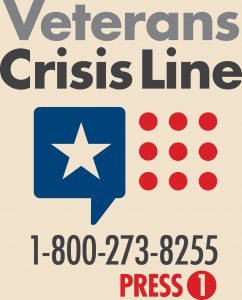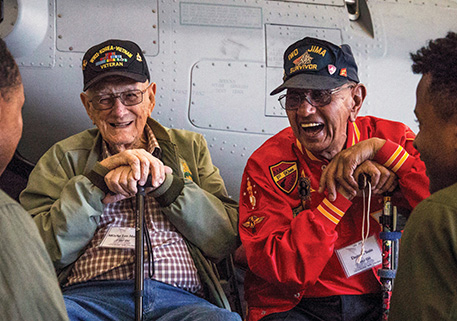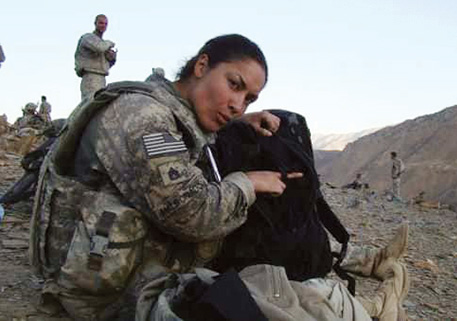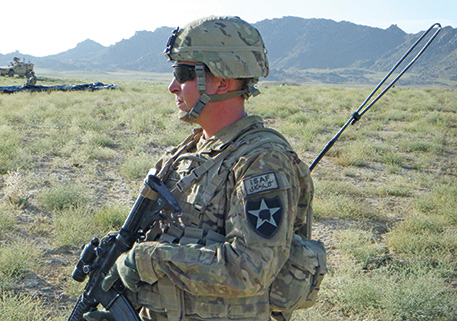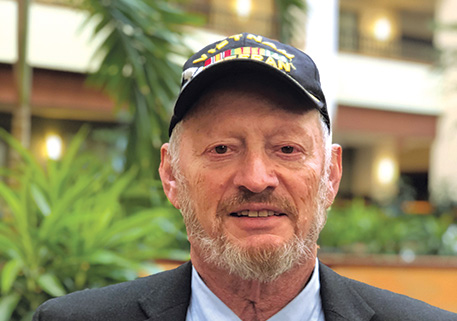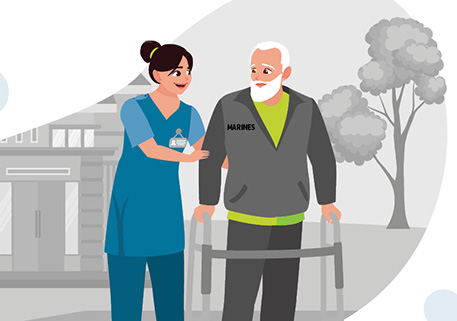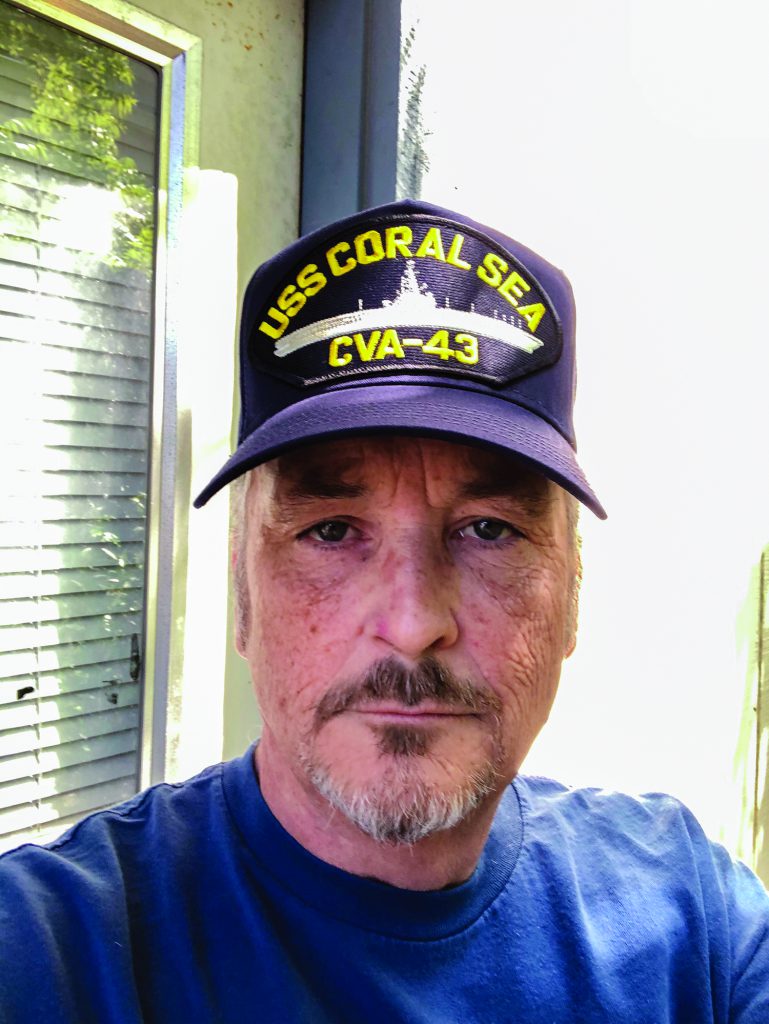
DAV responds to struggling Navy veteran in mental health crisis with lifesaving resources
Navy veteran Ed Bancroft was at his wit’s end when he reached out to DAV in July. He felt that the VA health care system and others had left him on his own, and he eventually expressed suicidal thoughts to DAV employees.
A series of phone calls took place between Bancroft, who served in the Navy for 21 years, and DAV— including with National Service Officer Adam Barnes, who spoke to Bancroft for nearly two hours.
“We had recently received suicide prevention training where we were taught if we have someone who is suicidal, and if you’re not with them, you need to call 911 to do a safety check,” said Barnes, the assistant supervisor of the DAV office in Los Angeles.
Barnes handed the call off to Robert Graves, the director of operations for the DAV Department of California, who remained on the line with Bancroft until authorities arrived. When police visited to check on Bancroft, they found a loaded gun.
“One thing we do here, and I try to preach to the team is, you have to assume this is the last person they’re going to call,” added Graves. “You want to do everything you can do to make sure the person on the other end isn’t up against a wall.”
Suicide is often spontaneous or impulsive, according to researchers. One recent study found that gun owners are four times more likely to die by suicide. Veterans are trained to operate firearms and, according to the 2015 National Firearms Survey, are twice as likely to own one, making them much more vulnerable to the most deadly method of suicide.
After speaking with the police, Bancroft was admitted to a mental health facility later that day, where he was assessed and released. Since then, he’s been receiving care for his mental health. Barnes connected him with local resources and is currently handling his VA claim.
“When he filed a claim for depression on his own, he never mentioned the stories he told me,” added Barnes. “They denied him, saying the depression was based on regular stress incurred in service at the work environment and that his depression was not service-connected.”
Earlier this year, President Donald Trump unveiled the President’s Roadmap to Empower Veterans to End a National Tragedy of Suicide (PREVENTS)—a framework designed to curb the suicide rate among military members and veterans.
Suicide prevention is the VA’s highest clinical priority, said VA Secretary Robert Wilkie when announcing PREVENTS. The plan encourages increased education on gun safety and voluntary safe storage of firearms.
Reducing access to lethal methods is one of the few broad-scale approaches that has been shown to decrease suicide rates. DAV has supported H.R. 8084, the Lethal Means Safety Training Act, which would require all VA employees who interact with veterans to undergo annual evidence-based training on safe storage—including not just medical staff but also those within the Veterans Benefits Administration, Community Care Network providers and caregivers.
“Lethal means safety is about creating time and space between the impulse to act and the means to harm oneself,” said National Legislative Director Joy Ilem. “This bill would create multiple touchpoints throughout the VA, helping to ensure all those who work directly with veterans are prepared to have these important, potentially lifesaving conversations about safe storage and suicide prevention.”
As for Bancroft, while the road remains long, he said he has full trust in Barnes.
“The wounds that I have are deep,” said Bancroft. “There are things I haven’t shared with anybody in 30 years, but I’m starting to.”
Editor’s note: In choosing to share his story, Mr. Bancroft hopes to help other veterans by shedding the stigma surrounding struggling with mental health.
